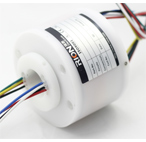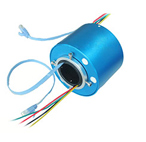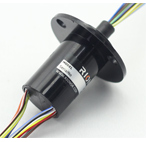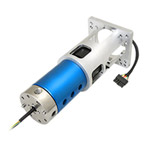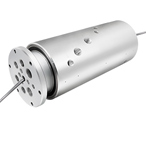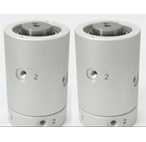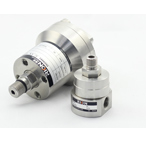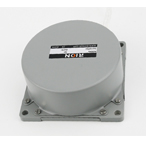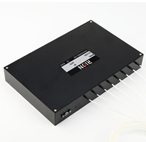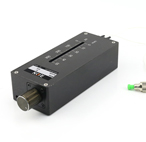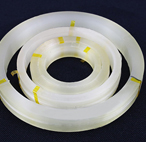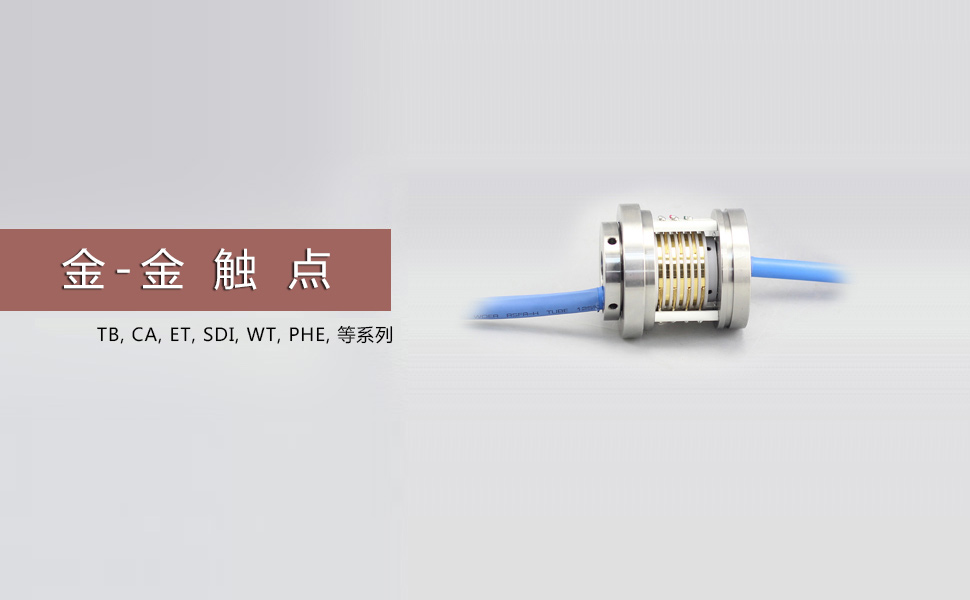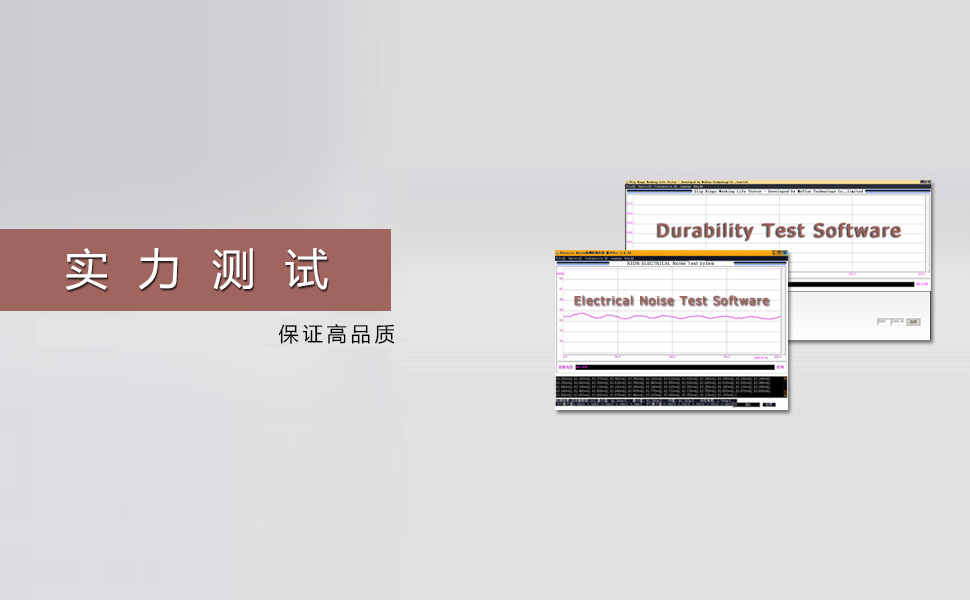How Does Slip Ring Induction Motor Start?
The slip ring technology is pretty much on the high and we see a lot of such applications these days. One such major application of slip rings is on induction motors. However, before we jump on the defining anything in this regards, let’s get some of the relevant details familiarized.
.jpg)
Just like we have heard time and again about a slip ring assembly while discussing induction motor too we have to come across the two components - a rotor and a stator. Induction motor slip rings applications are found in equipment that requires high starting torque and great speed control. As for an example, these are used in large ventilation fans, printing presses, elevators and compressors.
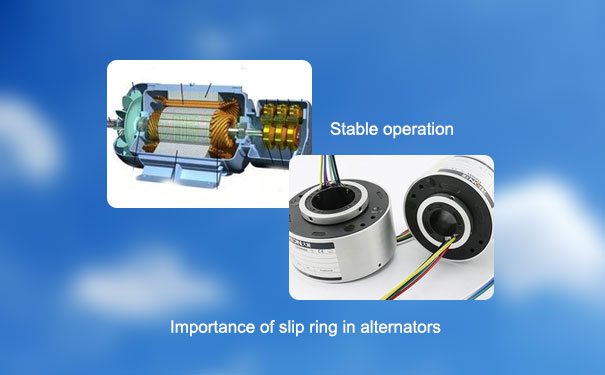
One interesting fact about the induction motor slip ring is that they have a very low requirement of starting torque compared to what we see in the DC motor series.
What we need to know about slip rings in induction motors
Any motor that is powered by an AC current can be of two types - a synchronous and asynchronous (induction type). Further, the asynchronous (or induction) type can be further classified depending on the rotor morphology, which are wound rotor and squirrel cage.
How does the induction motor start?The induction motors usually start with a full-line voltage that applies all across the terminals. Since all of these motors have outer resistance connected to the circuit (rotor), the starting value of the current is either set to a minimum or at least connected. This thing is done by the increase of the rotor circuit.
The outer resistance could be considered to be a form of rheostat that is connected in the star. Thus, it is kept on the maximum when the induction motor starts but gradually fades away as the motor takes on speed.
It is already known as a fact that when the rotor resistance is increased, it does not only decrease the current on the rotor but also the stator current. This means that the starting current gets lower when any external resistance is given to the rotor circuit.
And due to the improvements in the power, the starting torque also increases.
The controller rheostat may be of a contractor or a stud type. It may either be automatic or at least hand-operated. The power supply (3-phase) to the stator has switching contactors and also protective devices for low, high or no voltage.
And since these motors have a very high starting torque but are low on the starting current, they can start on load. The outer resistance is used for the purpose of starting only and when the motor picks up speed, the resistance is taken off. The rings are taken away after the motor reached the rated speed. The brushes of carbon are lifted and the rings are short-circuited. This setup makes it very similar to any of the squirrel cage type motors.
Others:
Pri: The Interdependence of Slip Ring and Thermocouple Next Rotary Electrical Connector Solving Slip Ring Dilemma for Data Equipment Manufacturer
Others:
Advantage Of A High-frequency Slip Ring
An Insight into HD Slip Ring and Virtual Reality Technology
High-frequency Slip Ring - The Ideal Modern Slip Ring
The Design Cue of Turbine Slip Rings And Its Advantages
Introduction to Slip Rings Used in Medical Field
Slip Rings In Wound Rotor Induction Motor
Rotary Electrical Connector Solving Slip Ring Dilemma for Data Equipment Manufacturer
How Does Slip Ring Induction Motor Start?
The Interdependence of Slip Ring and Thermocouple
Assembly and Application Of Mercury Slip Ring

